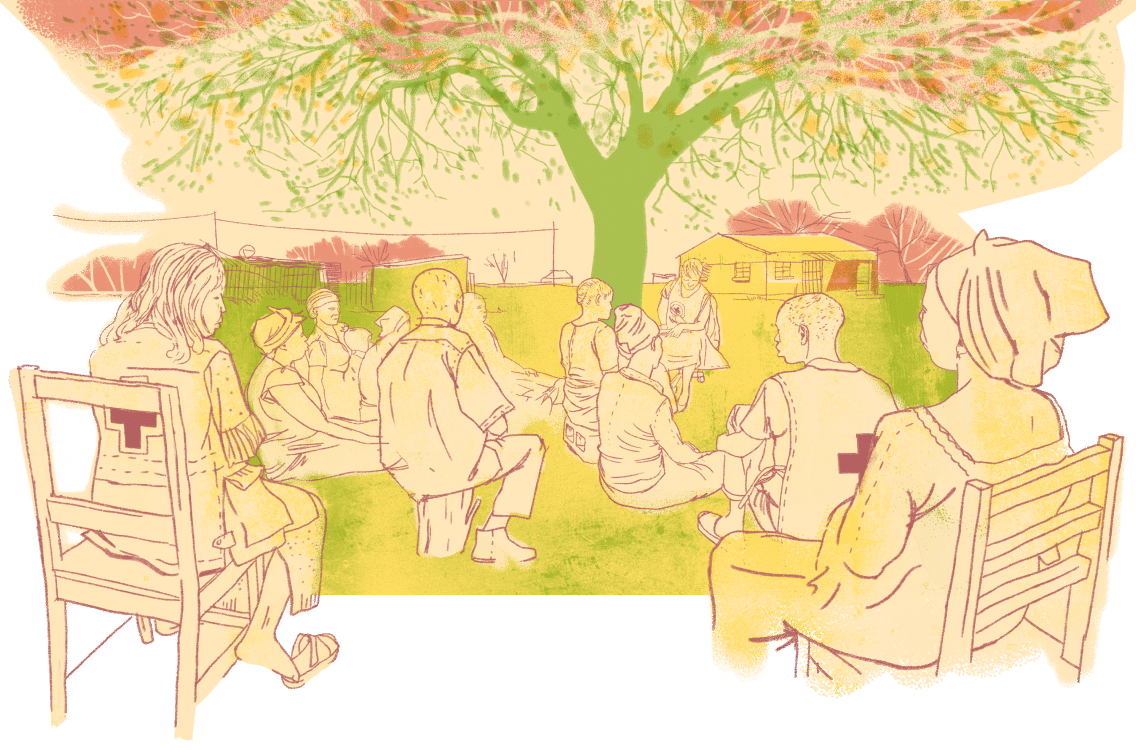
Changing Lives, Impacting Worlds
The 3FM Serious Request program was a 17-year-long collaborative effort between the Netherlands Red Cross and NPO 3FM radio station. Twenty years after the start of the program, the Netherlands Red Cross is looking back: How did we do? What kind of change did we bring to people's lives?
The largest initiative
In 2004 the Netherlands Red Cross, together with the Dutch radio station NPO 3FM, started a unique fundraising campaign called “3FM Serious Request”. Its uniqueness stemmed from the partnership between the radio station and the Netherlands Red Cross, focusing on bringing attention and raising funds for serious, often overlooked crises. What made it also special is that the show started one week before Christmas and the DJs locked themselves in a see-through pavilion (the Glass House) for 5-6 days to bring more attention to the program, and its themes. The initiative was so successful that it was repeated the following years. The cooperation with the Netherlands Red Cross lasted for 17 years.
Each year, the program focused on a different theme: from aiding a hospital in Sudan in 2004 to responding to the Covid-19 crisis in 2020, the initiative raised an impressive 100 million euros. The program supported over 155 projects across 52 countries and 9 regions. These projects, ranging from local initiatives to international collaborations, have collectively reached over 10 million people, making a significant impact on communities worldwide. The 3FM Serious Request program became one of the largest initiatives by the Netherlands Red Cross.
As the program evolved, so did its focus areas, as illustrated by the annual themes.
Themes of the different years
| YEAR | Theme | Budget |
|---|---|---|
| 2004 | Hospital in Darfur (Jouw druppel op een gloeiende plaat) | € 915.955,00 |
| 2005 | Children in Congo (Red een kind in Congo) | € 2.203.549,00 |
| 2006 | To provide assistance to landmine victims (30 miljoen landmijnen, daar kun je niet omheen) | € 2.848.495,00 |
| 2007 | Better drinking water supplies in the world (De wereld schreeuwt om drinkwater) | € 5.249.446,00 |
| 2008 | Aid to refugees (Een vluchteling is nergens zonder jouw hulp) | € 5.702.621,00 |
| 2009 | Reducing malaria (Stop malaria, play the music) | € 7.113.447,00 |
| 2010 | Children with HIV and orphans of parents who died as a result of AIDS (Aids nam hun ouders weg, geef ze hun toekomst terug) | € 7.135.707,00 |
| 2011 | Mothers damaged by war and conflict (This one's for mama) | € 8.621.004,00 |
| 2012 | Reducing infant mortality (Let's hear it for the babies) | € 12.251.667,00 |
| 2013 | Attention for children who die from diarrhea (Let's clean this shit up) | € 12.302.747,00 |
| 2014 | Girls and women who are victims of sexual violence in conflict areas (Hands off our girls) | € 12.380.438,00 |
| 2015 | Young people in war zones (Keep them going) | € 7.562.985,00 |
| 2016 | Reducing mortality from pneumonia (Laat ze niet stikken) | € 8.744.131,00 |
| 2017 | Bringing torn families together again (Breng ze weer samen) | € 5.026.144,00 |
| 2018 | CPR courses and providing the Netherlands with AEDs (national theme) / Protection against natural disasters / Emergency aid in war and conflict (Red levens: join The Lifeline | € 1.308.889,00 |
| 2019 | Aid to victims of human trafficking (Change their stories) | € 1.418.513,00 |
| 2020 | COVID (Never Walk Alone) | € 307.392,00 |
| 2020 | Medical assistance during the COVID crisis (Help de helpers) | € 1.601.903,00 |
From 2004 to 2009, most of the 3FM funding was used for multilateral projects, supporting ongoing operations of the International Committee of the Red Cross (ICRC) and the International Federation of Red Cross and Red Crescent Societies (IFRC) that matched the theme of the annual fundraiser.
A strategic decision was made in 2010 to invest in specific, more targeted bilateral partnerships. In the years after 2010, the Netherlands Red Cross worked with an average of 10 bilateral partners per (annual) 3FM project. Each year different countries, topics and thematic areas were targeted.
2014 was a real turning point. In the top fundraising year of 3FM, the programme gained clearer direction, as well as an improved and more structured way of working. Starting in 2012, we recruited WASH, Health, and PMEAL advisors to support the program. We also shifted our focus to long-term collaborations with 16 partner national societies and strengthened cooperation with country delegates. Also, fewer countries were involved in programming per year, resulting in a more focused approach.
In the period of 2017 to 2020, funding reduced significantly while the global Covid-19 pandemic posed a huge, new humanitarian need worldwide. Drawing from the lessons learned in the 3FM programming, the Netherlands Red Cross strategy for 2017-2020 adopted a multifaceted approach. This strategy emphasized maximizing our impact through needs-based initiatives, enhancing cost-effectiveness, and employing evidence-based methods in our work. Also, during this period, projects implemented in the Netherlands were included for the first time.
Countries participating in 3 FM projects
How did it go?
In order to evaluate the 3FM program and get valuable insights from it, first, we analyzed the key projects documents, such as annual or bi-annual reports, final narrative reports, midterm reviews and other written evaluations. We thoroughly examined all aspects, including themes, country-specific details, project scope and depth, and the number of people reached. From all bilateral projects between 2012 to 2020, we gathered more than 200 lessons learned.
Beyond the facts and numbers, we wanted to have a better understanding, a more in-depth analysis, especially about the project’s impact. How did these projects affect people’s lives? What kind of changes were brought about by the 3FM Serious Request program?
In order to capture the nuanced and personal aspects of these changes, we chose and employed a method, called the Most Significant Change (MSC) technique. This participatory method has a unique ability to delve into the qualitative aspects of humanitarian work. Unlike traditional methods that often heavily rely on quantitative data, the MSC technique focuses on collecting, analyzing and selecting personal stories of change from those directly affected by the program. These narratives are gathered through focus group discussions, and provide insights into specific, significant changes experienced by participants – whether positive or negative.
We especially favored this method because it directly involves program beneficiaries, volunteers, and staff in the story selection process, so we can ensure that the voices of those most directly connected with the program’s outcomes are heard. This participatory nature not only promotes a sense of ownership and engagement among community members but also provides a platform for diverse perspectives and experiences. This method can be instrumental both in highlighting the program’s successes and areas for improvement, ensuring that future initiatives could be shaped by the real-life experiences and needs of those they aim to serve.
The two projects
To understand the impact of the 3FM program, we focused on two specific projects in Zambia and CAR. When choosing these projects and locations we followed certain criteria’s; for example, the project activities have to be still in the memory of the affected people. These people, or the place they live, should be accessible. For instance, we had to exclude Ethiopia from the evaluation due to the precarious security situation in the country. Also, it was very important that our partner organizations (the local Red Cross) had the ability to participate in the evaluation process.
Let’s take a closer look at the two specific projects.
Diarrhoeal Reduction Project, Zambia
2014 – 2017
The problem
In the Limulunga District of Zambia’s Western Province, families were grappling with serious water and sanitation issues. Diarrhoeal diseases were a major health problem, particularly affecting children under five, who were at high risk. This was largely due to a lack of clean water and adequate sanitation facilities. The area, marked by poverty and prone to natural disasters like droughts and floods, found it difficult to provide these essential services, leading to increased health risks for the community.
The change
Our goal with the Diarrhoea Reduction project was to strengthen the community’s ability to combat diarrhoea, with a special focus on protecting young children. By improving access to clean water and better sanitation, and by teaching good hygiene practices, we aimed to reduce the occurrence of diarrhoeal diseases significantly. This initiative aligned with global Sustainable Development Goals and the national effort to lower child mortality due to diarrhoea.
The actions
In collaboration with community volunteers, we engaged in a variety of activities across the targeted areas. This was a joint effort with the government, local organizations, and external partners. Our work included training volunteers for community outreach, running hygiene education sessions in 80 villages, and setting up hygiene clubs in schools. We made concrete improvements: building and repairing water wells and toilets in schools, villages, and health centers, and installing simple handwashing stations. We also distributed water filters and helped schools set up systems for storing clean drinking water. As a result of these efforts, the use of boreholes for water supply increased significantly. Access to toilets improved as well. We observed a major change in hygiene practices, with more people using toilets instead of defecating in the open. Additionally, there was an increase in the community’s awareness of health issues, particularly in understanding dehydration symptoms and prevention methods.
Next Generation Project, Central African Republic
2017 – 2019
The problem
Since 2013, the Central African Republic (CAR) has been deeply affected by conflict, leading to widespread violence and displacement. This crisis, fueled by ethnic and religious tensions, plunged the country into a severe humanitarian situation, heavily dependent on international aid. Basic services were disrupted, and the society, which was once more open and inclusive, became divided and closed off, with significant social challenges emerging, especially for the Muslim community. Young people in particular faced deep socio-economic issues, including rivalries, long-standing antagonisms, and a crisis of identity and opportunity, highlighting the urgent need for humanitarian support.
The change
The “Next Generation Project” was designed to tackle these challenges by focusing on the development and resilience of young people in CAR. The project took a comprehensive approach, including educational support, vocational training, income-generating activities, social cohesion efforts, and awareness and prevention programs. The aim was to help young people become more resilient to the impacts of conflict and societal breakdown, with a focus on education, personal development, psychosocial support, and emergency assistance. The project also sought to promote peace, social cohesion, and strengthen the capabilities of the Central African Red Cross.
The actions
Our approach in the “Next Generation Project” was multifaceted. We focused on educational support by helping with school fees and providing essential school supplies. Vocational training was a key component, offering young people the skills needed for future employment opportunities. Income-generating activities were introduced to aid economic recovery and empower the youth. These initiatives were designed to provide practical skills and financial independence. Promoting social cohesion was another critical aspect. We conducted workshops and activities aimed at bridging social and cultural divides. Awareness and prevention programs were also a significant part of our efforts, including training in first aid and life skills, as well as education on health-related issues.
The stories
So, what change have we brought into the people’s lives in Zambia and CAR? Our colleagues traveled to and gathered stories from three locations in Zambia (Ikwichi, Ikabako, and Namitome) and in Bangui, Central African Republic. Through focus group discussions the members of the community shared their memories and experiences. We collected 94 stories in Zambia and 66 in the Central African Republic.
In Zambia, reflecting the action taken by the project, the narratives often centered around hygiene promotion, latrines, boreholes, and water filters. When asked about the impacts of these actions, participants frequently mentioned behavior change and improved health as the most significant outcomes. In CAR, stories reflected the variety of aid received, from Income Generating Activities and motorcycle taxi training to vocational and social cohesion training, highlighting improved skills, livelihoods, and social integration.
Let’s explore some impactful stories to illustrate the changes: how life was before and how it transformed after the project’s intervention.
Before
Khadidja Adoum, residing in Bangui, the capital of the Central African Republic, faced significant societal and cultural constraints in her community. She recounts her life before the 3FM project, saying, “I was a housewife… I didn’t have a job. I didn’t have the decision-making power.” She further describes the cultural norms, “In our culture, I have to ask permission to leave the house, and also, I always have to respect my husband.” These conditions, exacerbated by conflict and crisis, severely limited women’s opportunities for personal development and community contribution.
After
Khadidja’s transformation after the project is remarkable. She explains, “After the training, I founded the association Ouali Mo Londo (Standing women/Awake women).” This empowerment led her to significant roles in her community, becoming a first aid worker and a psycho-social agent. She emphasizes the broader impact, “Thanks to my association, all women have started to come together, and to live together and defend their rights.” Her efforts not only enhanced her self-reliance but also played a crucial role in fostering community cohesion and changing societal attitudes towards women’s participation in community life.
Before
Mwangala Mukena’s life in Itende village, Ikwichi, Zambia, was deeply rooted in traditional rural challenges. Reflecting on her early life, she says, “In grade 10, I got sick and missed my exams. I didn’t go back to school because I got pregnant soon after.” The lack of medical infrastructure and the community’s isolation meant that many women, including Mwangala, faced dangerous childbirths at home. Mwangala recalls, “Before the mother’s shelter was built, I gave birth to twins at my home in the village. One didn’t cry at birth and died, the other died after one week.”
After
The Zambia Red Cross Society (ZRCS) project brought transformative changes to Mwangala’s life and her community. As a volunteer, she gained essential knowledge, stating, “I learnt the importance of going to the clinic on time.” The construction of the mother’s shelter by ZRCS marked a significant shift in local healthcare practices. Mwangala shares her personal motivation, “With the knowledge that ZRCS gave us, I have ensured that none of my children will ever give birth at home again, but will do so at the clinic.” This facility has significantly reduced infant and maternal mortality rates, providing a safe haven for childbirth and healthcare. Mwangala’s story, along with her community’s, is a testament to the positive impact of the ZRCS project.
Before
Thedy Bissakonou’s life in Bangui, Central African Republic, was filled with challenges. He faced rejection due to his unemployment, as he explains, “Before the 3FM project, my life was very difficult. Because the whole family rejected me.” To earn a living, Thedy did whatever work he could find, including “emptying the latrines to earn some money.” His dream of working in Information Technology (IT) seemed far away amidst his struggle with poverty and societal pressure.
After
The 3FM project marked a turning point in Thedy’s life, offering him training in computer science. He describes his progress, “I studied computer science… 3FM paid for the training.” This led to a job as a system manager at the community hospital, significantly improving his and his family’s life. Thedy reflects on the change, “After I found work, my family now accepts and welcomes me. I became the breadwinner of my family.” His success not only restored his family’s respect but also made him a respected figure in his community, known for helping others. Thedy’s journey from struggling to provide to becoming a community role model highlights the profound impact of education and opportunity on an individual’s life and their community.
Levels of selection
The selection process to identify the most significant change stories was a comprehensive, four-level approach. Initially, at the community level, individuals directly affected by the projects shared their experiences through Focus Group Discussions. These stories showed a wide range of personal experiences, including both positive and negative changes.
Red Cross volunteers in both countries then undertook the second level of selection, engaging in discussions to deliberate over the stories and choose those that most effectively captured significant changes. The third level involved staff at the National Societies’ Headquarters in Lusaka and Bangui, who further refined the selection to the most representative narratives.
Throughout this process, there was no specific method imposed for selection; participants often voiced their arguments for or against selecting certain stories and then debated amongst each other until they reached a consensus. Occasionally, voting was used as a method to make decisions. After each selection round, more information was gathered on the stories, expanding them in size and detail.
“I think the latrine stories in the school are most important, because as a parent it is most important for me that my children perform well.”
“Mothers are the caregivers in these villages; so them being away means that the care for the children is being disturbed.”
“He mentions sustainability; the waterpoint is repaired by the government, that’s important.”
“It’s not only about access to water, but also about how to use it.”
“The mother shelter still remains and they are still utilizing it. Sustainability is important.”
“Helping people with gaining knowledge on hygiene practices and how in simple ways they can improve the conditions, that is quite a significant change and long-lasting.”
“You can give someone a water filter but they don’t know how and why to use it, so it would be useless.”
“Only the standard of living has improved; but it is not clear, not enough details.”
Impact
In the selection of the most significant stories, the impact was a primary criterion. Communities often chose stories showcasing the most substantial changes, especially those depicting life-altering situations or widespread benefits. An example is the emphasis on the ripple effect in schools, where teachings not only influence students but also extend into the broader community. The impact criterion highlights stories where the before-and-after difference is stark, reflecting profound improvements in health, behavior, or quality of life.
Inclusion
Inclusion was a vital factor in story selection, reflecting the tight-knit nature of rural communities where everyone’s well-being is paramount. Stories were favored if they benefited the entire community, including vulnerable groups like girls, elders, and people with disabilities. For instance, a story about a borehole was chosen for its accessibility to all, including the elderly, demonstrating the community’s preference for changes that embrace everyone, ensuring no one is left behind.
Sustainability through Community Acceptance
Sustainability emerged as a crucial selection criterion across all levels, emphasizing the long-term impact and community ownership of changes. Stories highlighting ongoing practices, like continued use of handwashing stations or community-led maintenance of boreholes, were seen as significant. This preference underscores the importance of solutions that not only address immediate needs but also ensure lasting benefits through community engagement and self-sufficiency.
Relevance and Efficiency
Relevance and cost-efficiency were also considered, especially when communities identified more practical or accessible alternatives to the proposed solutions. Stories were scrutinized for their practicality and sustainability, with communities favoring changes that utilized available resources or more cost-effective methods. This approach reflects a desire for practical, sustainable solutions that align with the community’s existing practices and preferences.
“Before, he was rejected… now he carries out humanitarian activities.”
“This training first transformed him personally… He stuck together socially.”
“He himself settled with his family… It’s a story that worked really well.”
“Despite all this, he persists, to survive. He did not give up and I really enjoyed it.”
“She shows great motivation, she goes to cyber cafes herself to learn more.”
“Even though she hasn’t found a job in the field, she remains motivated to learn.”
“She influences her sisters in this dynamic… She works for the Red Cross as a relay.”
“She was able to convince the men of other Muslim women to let their wives out.”
“Her husband does with the men. You see, for me, the transformation cycle is very broad.”
“He found a much fairer path… allowed him to get things together, to be married.”
“Their impact is coming. Even beyond the results we expect from 3FM.”
“The impact is truly multidimensional… will allow the Ministry of Health to have quality information.”
Impact
In CAR, the most significant stories were those that demonstrated a stark contrast between the situation before and after the project, highlighting the profound impact on individuals’ lives. Stories like Thedy’s, where he moved from being marginalized to becoming a community contributor, underscored the transformative power of the aid. The emphasis was on narratives where individuals started with very little and underwent significant transformations, showcasing the project’s ability to catalyze substantial personal and professional growth.
Personal Motivation
Motivation and personal resilience emerged as crucial themes in the selection process. Stories that highlighted individuals’ determination to overcome challenges and build a better future resonated strongly. For instance, Marie Gabrielle’s story of continuous learning in computer science, despite job market challenges, illustrated the value placed on self-driven improvement and perseverance. The community favored stories where individuals demonstrated an unwavering commitment to personal development and became role models, inspiring others with their resilience.
Community Inclusion
Community inclusion and social cohesion were pivotal in the story selection. Narratives where individuals used their newfound skills and roles to foster community unity and respect were highly valued. Stories like Danny’s, where training led to a respected position in the church and the ability to counsel and reconcile couples, highlighted the importance of social roles in enhancing community fabric. The selection favored stories where the benefits extended beyond the individual, promoting social inclusion, improving relationships, and benefiting the broader community.
Skills and Livelihood Improvements
Improvements in skills and livelihoods were a significant focus of the CAR stories. The selection process highlighted narratives where training in various fields led to enhanced personal abilities and better income, contributing to improved living conditions. Stories from the IGA activities and vocational training sectors, where individuals reported increased income and skills, underscored the project’s role in enhancing economic stability and self-sufficiency. However, the selection also acknowledged the challenges and the need for sustainable and impactful changes, as not all skill enhancements directly translated into improved livelihoods.
Finally, the Netherlands Red Cross Headquarters reviewed the top three stories from each country, ultimately selecting one final story that exemplified the profound impact of the projects. Khadidja, Mwangala, and Thedy’s stories were among these finalists.
The stories, along with the arguments used in the selections, were analyzed to better understand the nature of change and what was deemed significant by those involved. This meticulous approach ensured a diverse range of perspectives were considered and that the final selected story truly reflected the most significant change as perceived by the community, volunteers, and Red Cross staff in Zambia, CAR, and the Netherlands.
The most significant story
In our effort to measure the real impact of the 3FM Serious Request program, we went through dozens of stories from individuals we’ve helped. Numba’s story stands out because it clearly shows the kind of change we strive to achieve. It was selected because it clearly shows how her life improved with access to clean water and better health, and how these benefits extended to her entire community. A comment from our NLRC staff during the selection process highlights this: ‘I choose the story, because it seems to be supported by the community, they self-designed a system to be independent of support.’
Initially, 160 stories were collected from communities in both countries, including Numba’s. These communities, using various arguments, then refined this selection to 48 stories, which were forwarded to the volunteers for further discussion.
After considering various perspectives, the volunteers in Zambia selected Numba’s testimony for the second time, along with other impactful narratives.
From the 12 stories selected by volunteers in CAR and another 12 selected in Zambia, Red Cross staff in both countries further narrowed down the choices, deciding on 3 key stories from each country. In Zambia, this selection included Numba’s story once again.
Ultimately, at the NLRC headquarters, Numba’s story was chosen as the Most Significant from the six finalists.
This story is a great example of our goal – not just to provide short-term aid, but to empower people to sustain and build on the improvements themselves. Numba’s experience illustrates the effectiveness of our approach, where the impact of our work goes beyond individual benefits to foster community-wide progress. Sharing Numba’s story helps us demonstrate the essence of our mission: creating meaningful and enduring change, not only in individual lives but also in strengthening community resilience.
Life of Numba
“I’m Numba Musiyebo, living in a small village in Zambia with my five children. After I stopped school at grade nine, I began farming cassava and keeping chickens. When my husband died in 2019, I had to take care of everything by myself. My biggest wish is for my children to finish school. Having clean water is very important for us – it keeps us healthy and helps us live well.”
The Project
“Before the Zambia Red Cross Society came, life was really hard. We used to drink from the same puddles as the animals and got sick a lot. No rain meant no water, which was very bad. But then the Red Cross helped us. They dug a well in our village, giving us clean water. They also showed us how to stay clean, like washing our hands and keeping our food safe. I’m part of the water committee here, and I’m the secretary. We all give a little money every month for the well. This money is for fixing the well if it breaks and for keeping the place around it clean. We’ve even put a fence around the well and fix it when it needs. I help make sure the well is working right.”
The Most Significant Change
“This well has really changed our lives. We don’t get sick as much, and my kids don’t miss school for being sick. They are healthier. I have more time for farming and helping them with school. This well is very important to us. It’s not just water – it helps us do better. Thanks to the Red Cross, we’re living better and have hope for our future.”
Lessons learned
As we conclude this report, it’s time to reflect on the lessons learned from the 3FM Serious Request program. Over the years, the Netherlands Red Cross (NLRC) has embarked on various projects, each with its unique challenges and triumphs. These experiences have not only shaped our approach but also deepened our understanding of effective humanitarian work. Here, we distill the key insights that have emerged from our journey, insights that are as much about the people we’ve served as they are about the work we’ve done.
Coherence: For the Netherlands Red Cross (NLRC), a key lesson is the importance of systematically recording and understanding our experiences. This involves a more organized approach to gathering insights from past projects, ensuring that each new initiative benefits from previous learnings. This practice will help in shaping future projects more effectively, making them more responsive to the evolving needs they aim to address.
Effectiveness/Impact: The 3FM program has highlighted the critical role of achieving tangible results. In Zambia, for instance, the positive changes brought about by our projects were evident and substantial. This experience has not only influenced the NLRC’s approach to project implementation but also emphasized the value of adopting community-focused and participatory methods. To continue this trend, it’s recommended that the NLRC strategically directs funds towards innovative and experimental projects, learning from and building upon the successes of the 3FM program.
Sustainability: A lasting impact remains a central goal, as seen in the enduring benefits of projects like those in Zambia. However, assessing long-term effectiveness, especially in challenging environments like the Central African Republic, can be complex. Future projects should include thorough evaluations after their completion to measure their lasting impact. This approach will provide valuable insights into how well the changes we implement endure over time and how they can be improved.
Red Cross Principles: The NLRC’s role in supporting government efforts and working alongside local authorities has proven essential for effective and sustainable outcomes. Moving forward, it’s crucial to continue this collaboration, with clear agreements and roles to ensure everyone’s expectations are aligned and accountability is maintained. Additionally, the success in community engagement and inclusion, particularly in projects like the one in Zambia, underscores the need to keep investing in these areas. Maintaining a focus on inclusivity and involving community volunteers in all aspects of our work is vital for comprehensive and impactful humanitarian efforts. (More about the Red Cross Principles)

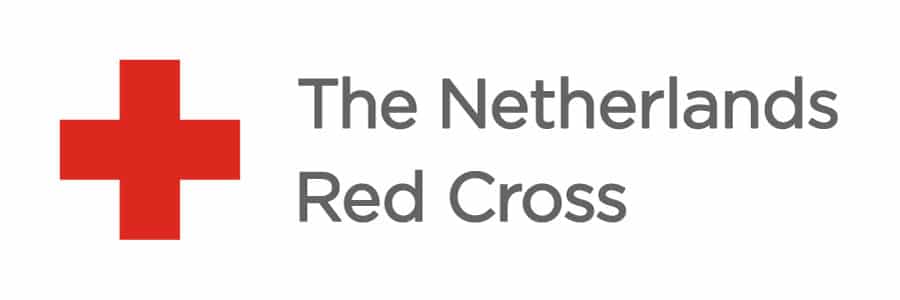
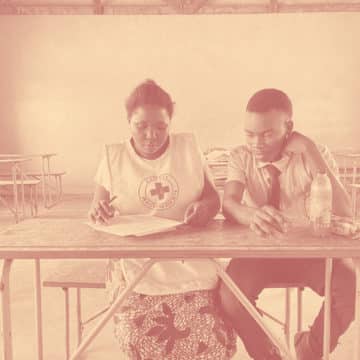
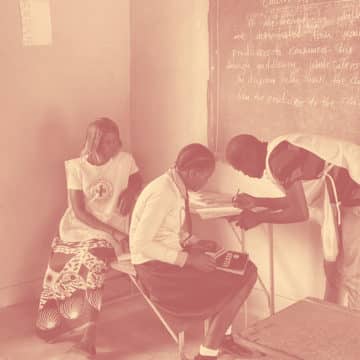
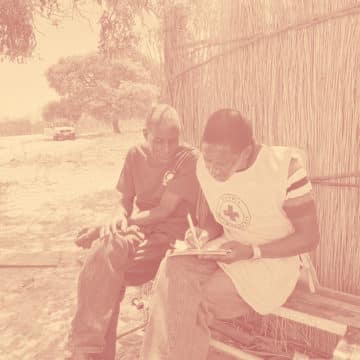
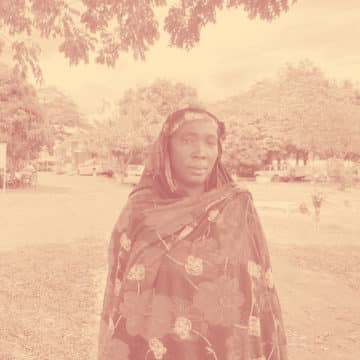
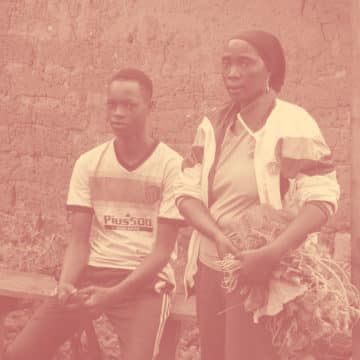

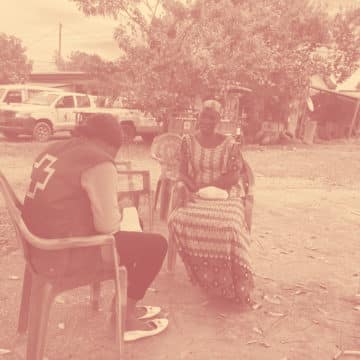

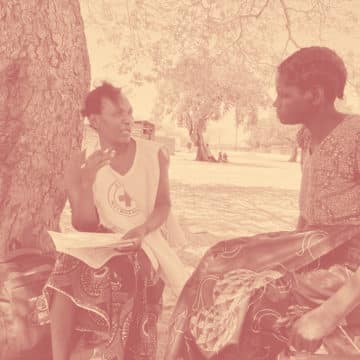

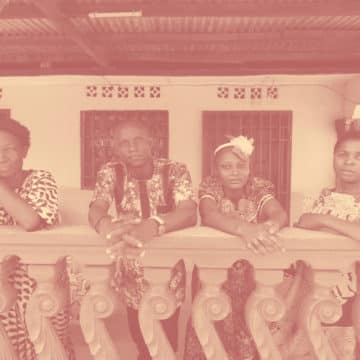
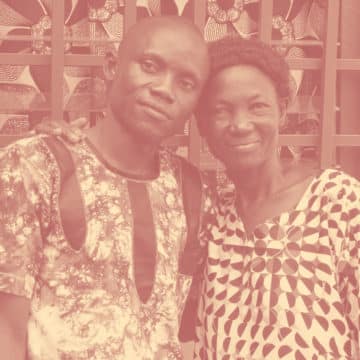
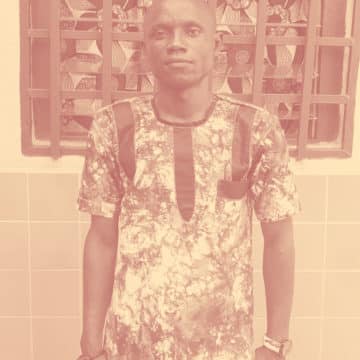
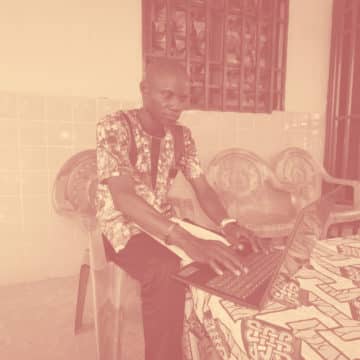
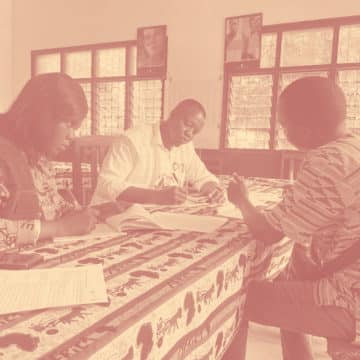
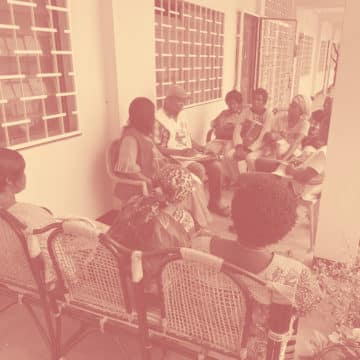
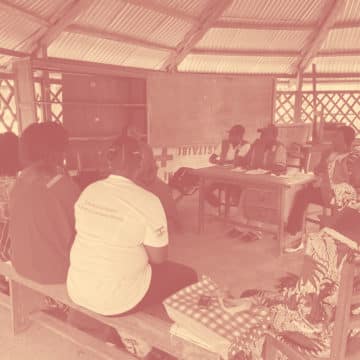
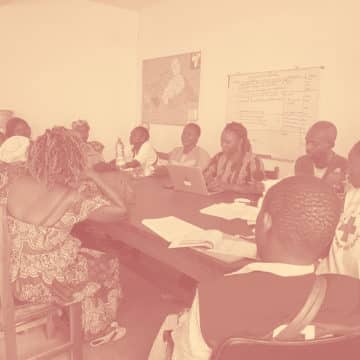
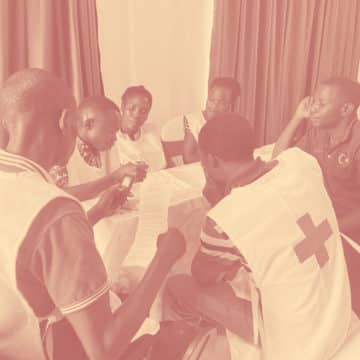
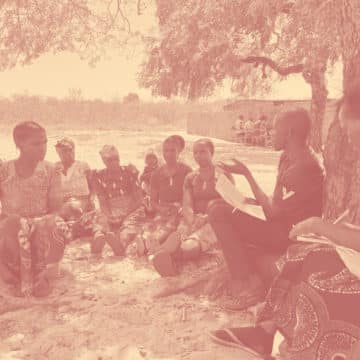
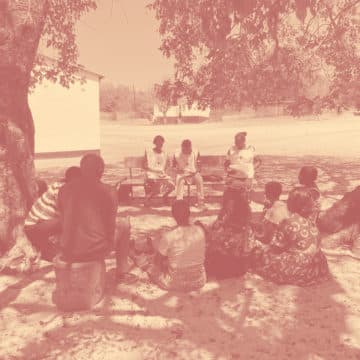
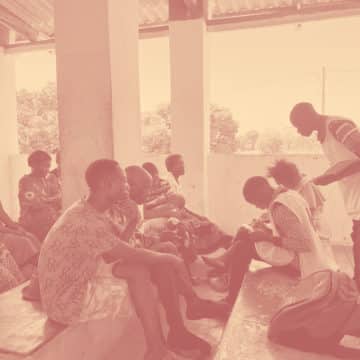
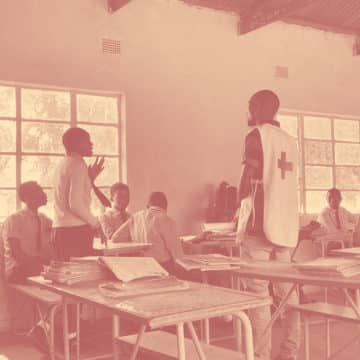
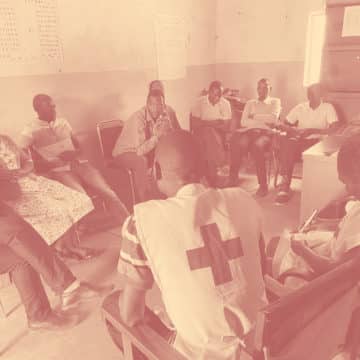
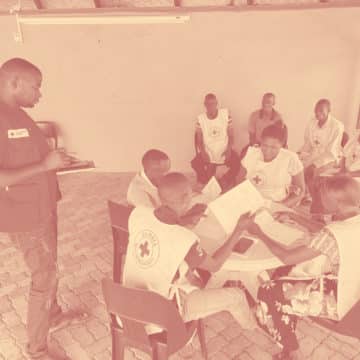
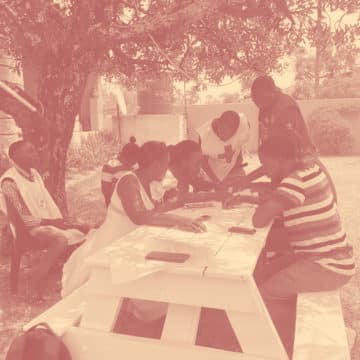
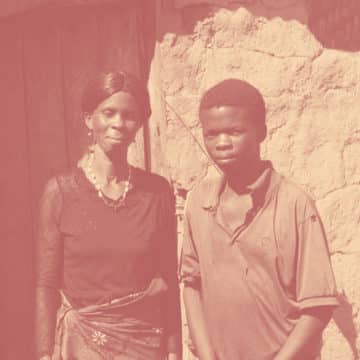
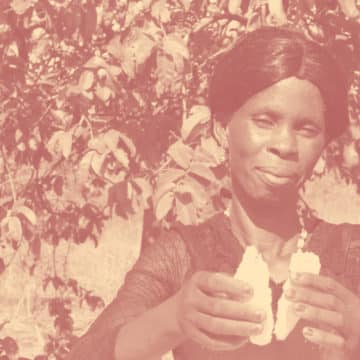
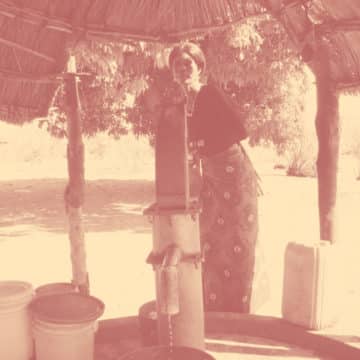
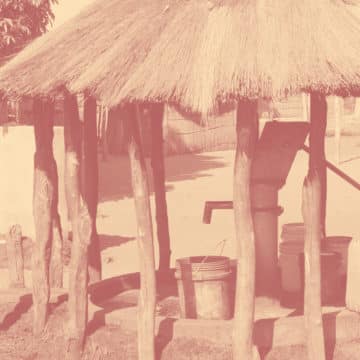
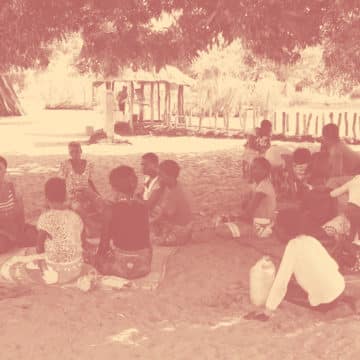
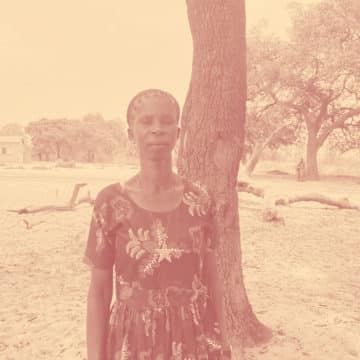
“The teacher story didn’t sound very real, it came across as a story that it told as a clean nice story for the red cross.”
“The one talking about children not getting sick as well as people not going to the traditional healer. It addressed the issues.”
“The whole story for me was a story of change, because it impacted many many lives.”
“It’s only about him, and not about the community, he just talks about his kids. Doesn’t help a lot of people.”